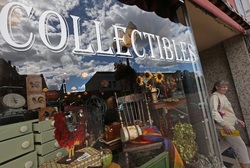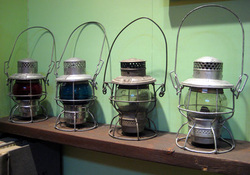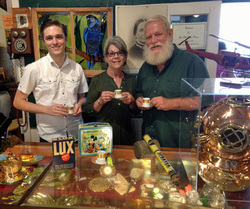As the Los Angeles Times points out, someone showed great interest in Hope's antique cabinet, which was sold for $168,000. It was expected to sell between $75,000 - $85,000. According to the description by the auction house, the piece has mirrored doors and a slant top desk.
Other items sold include a Pablo Picasso painting, Hope's 2003 sedan and his golf cart. And, let's not forget the person who paid $6,080 for four Richard Nixon
books.
Source: www.huffingtonpost.com





 RSS Feed
RSS Feed
